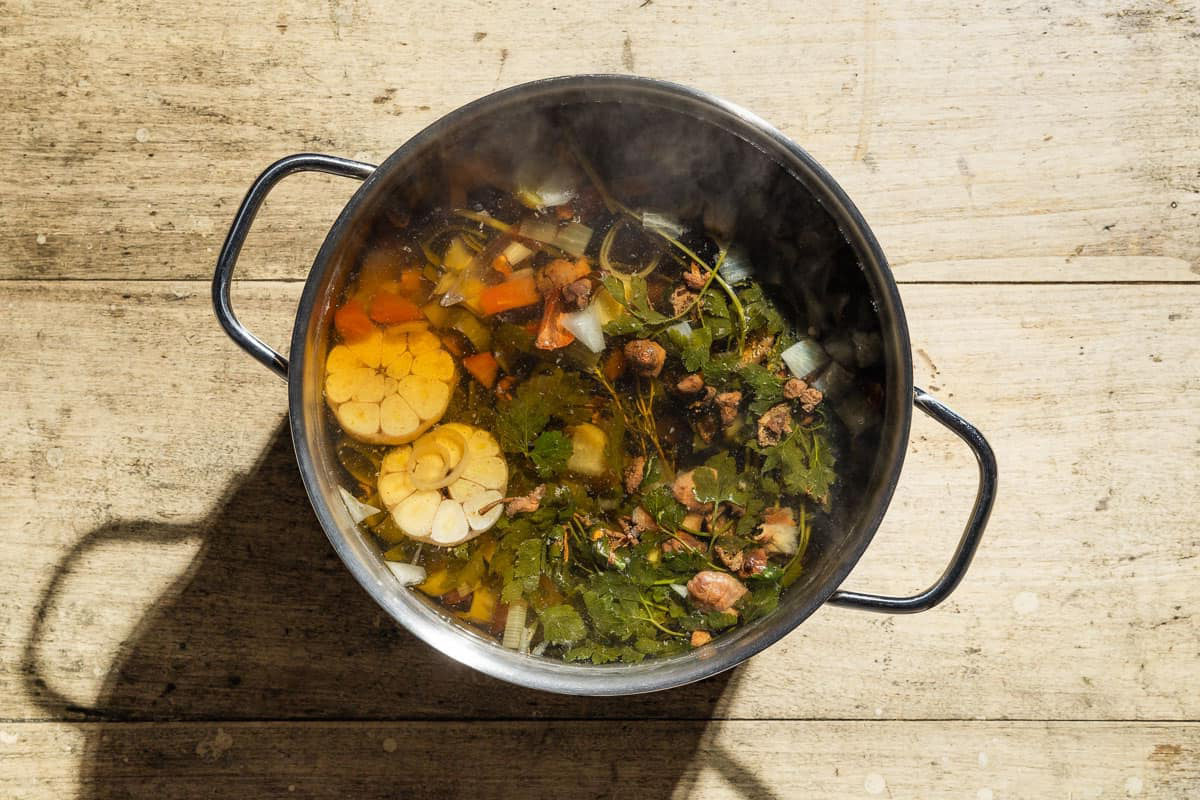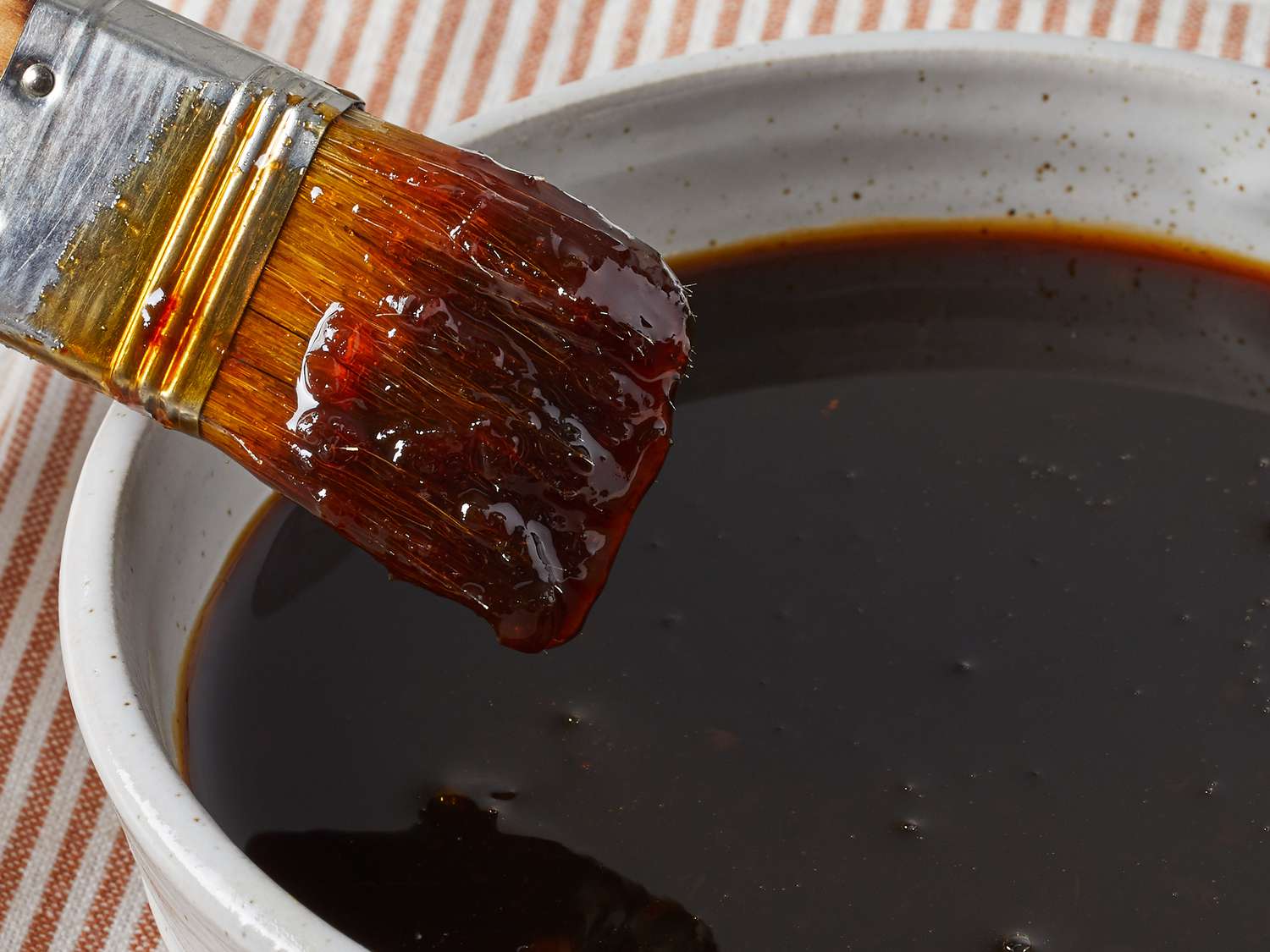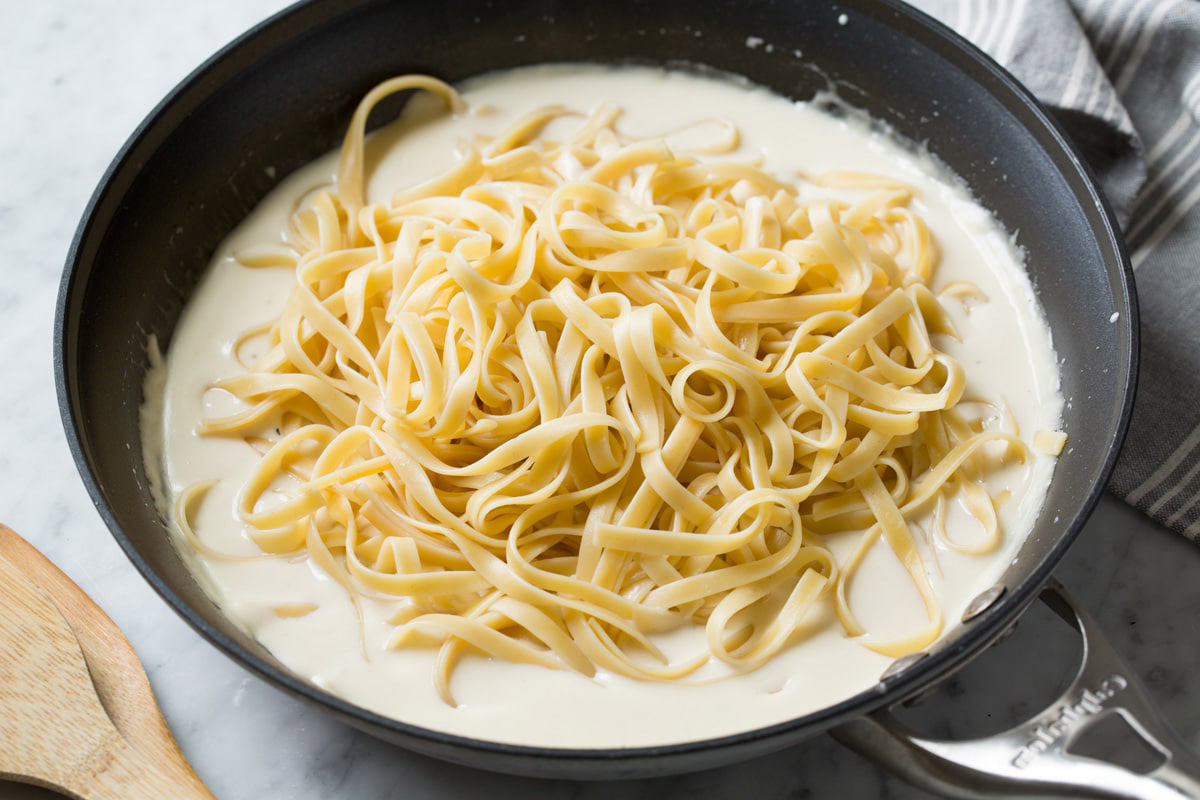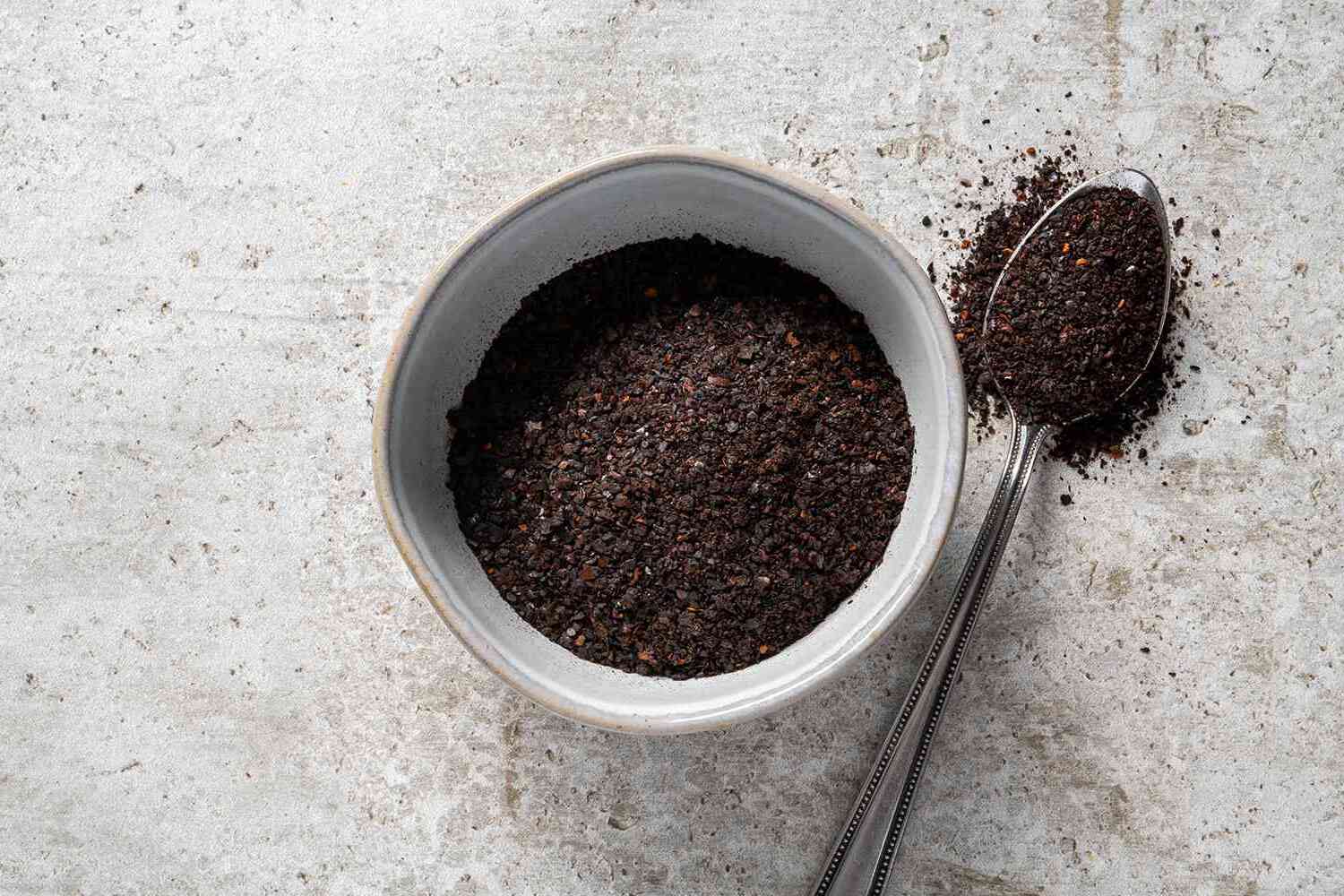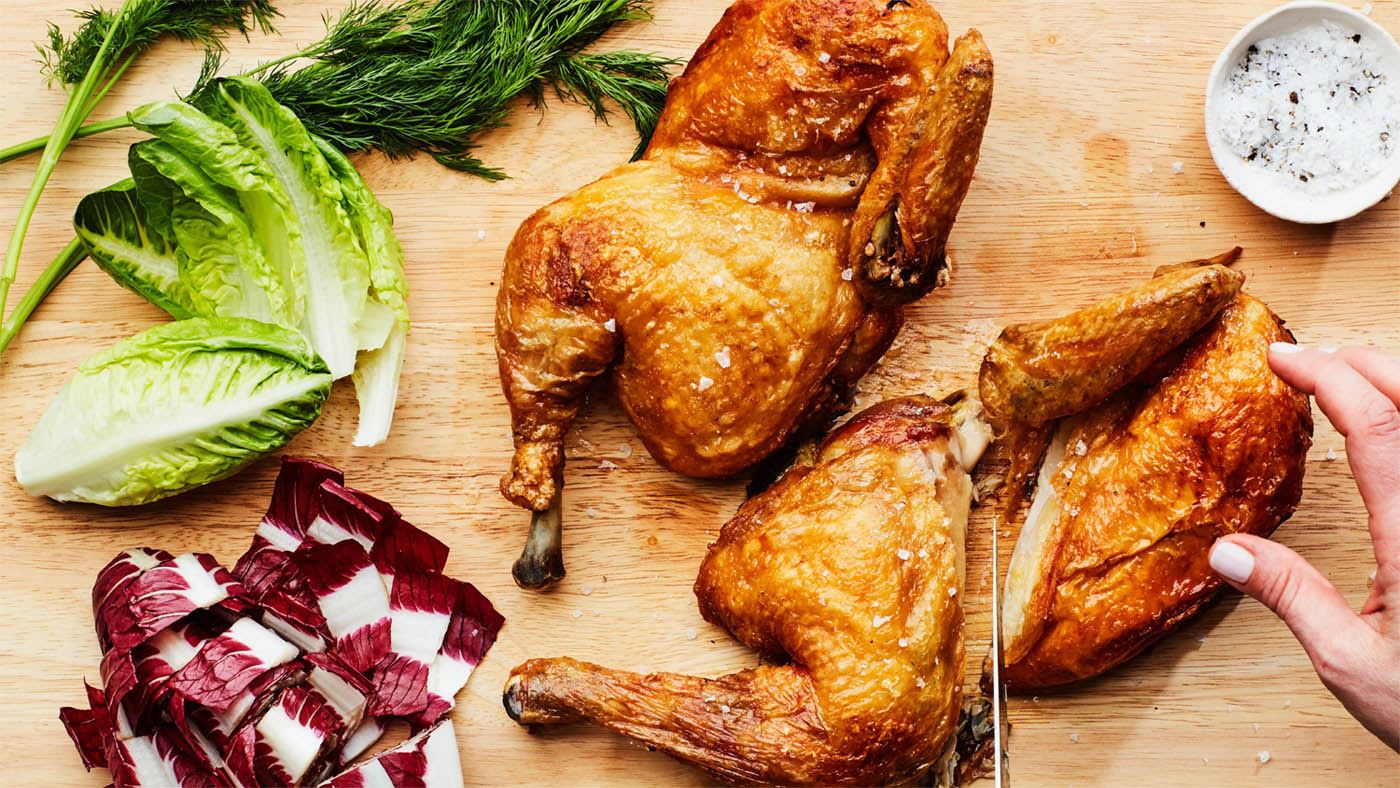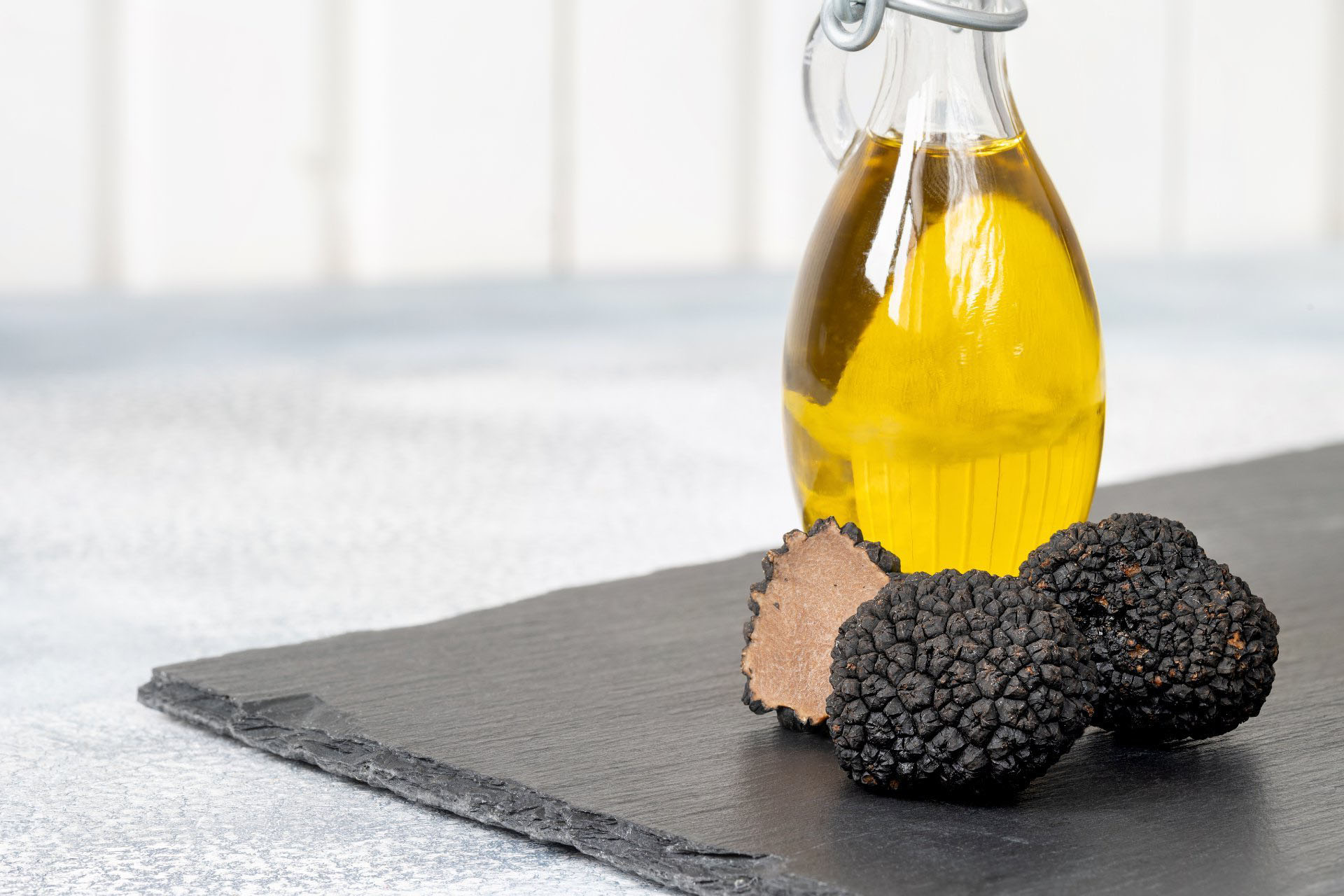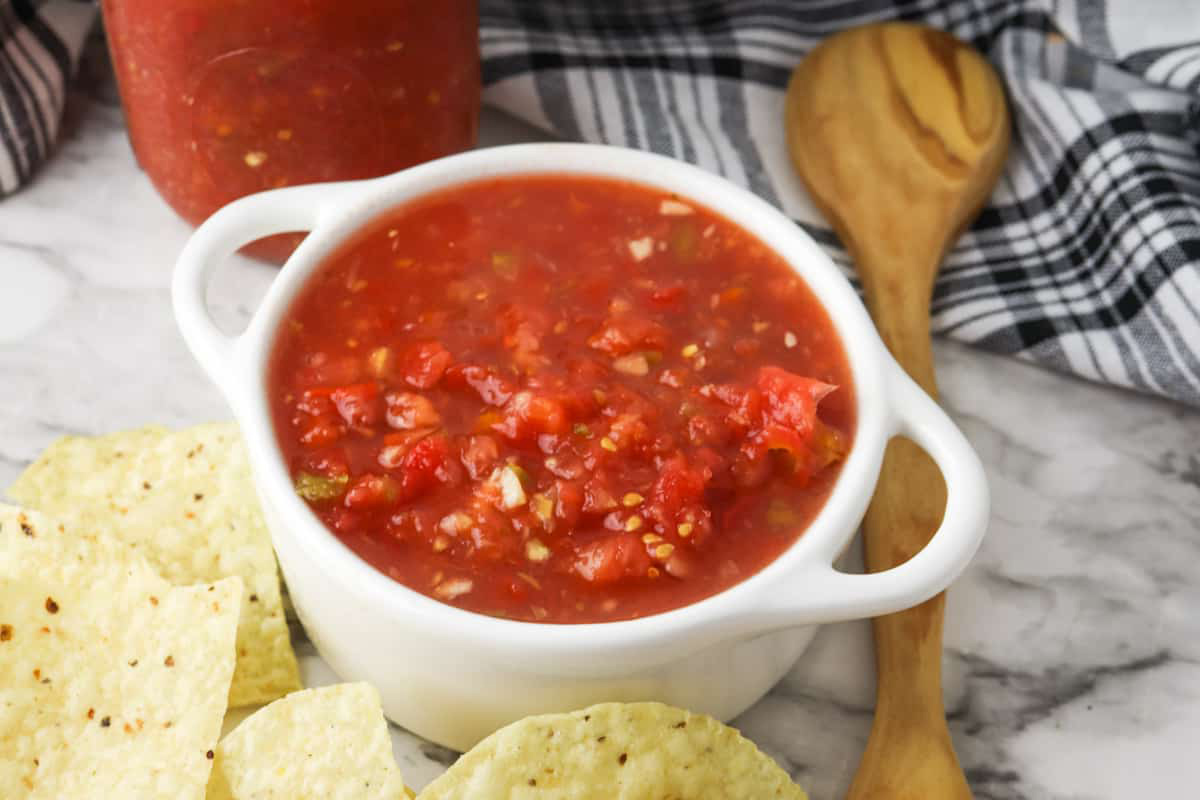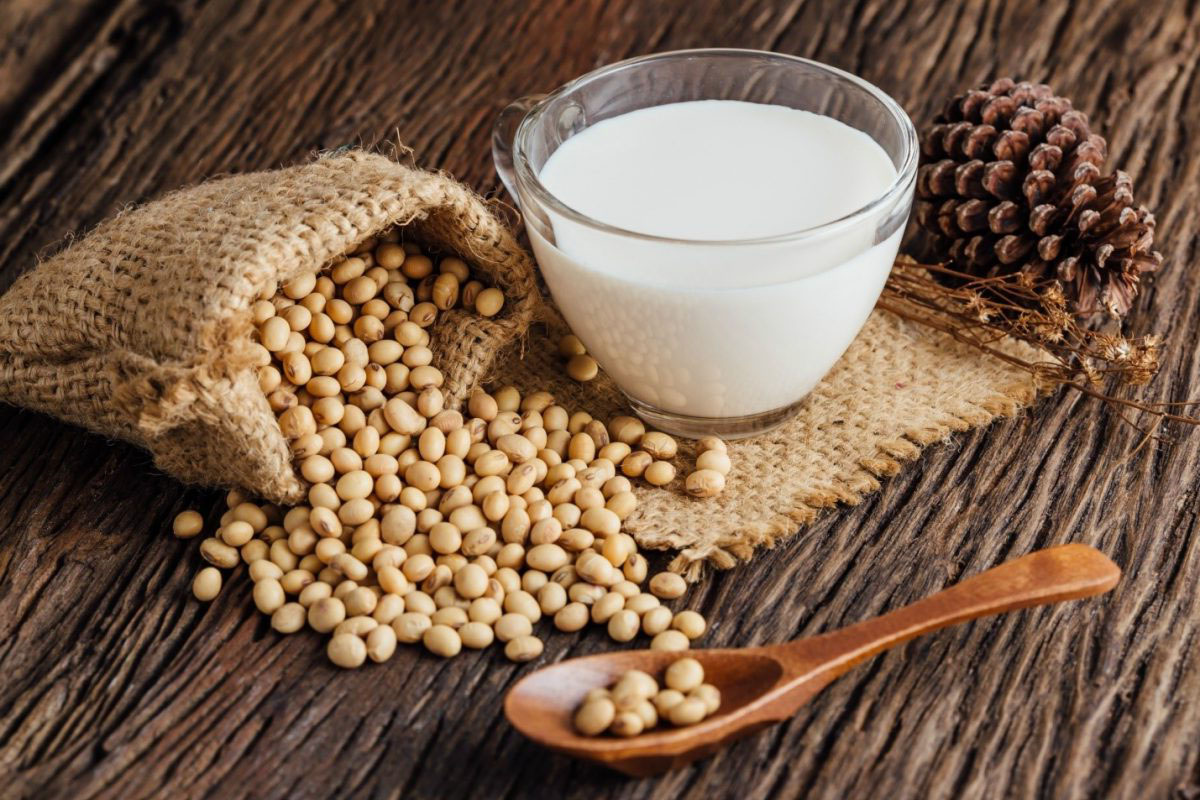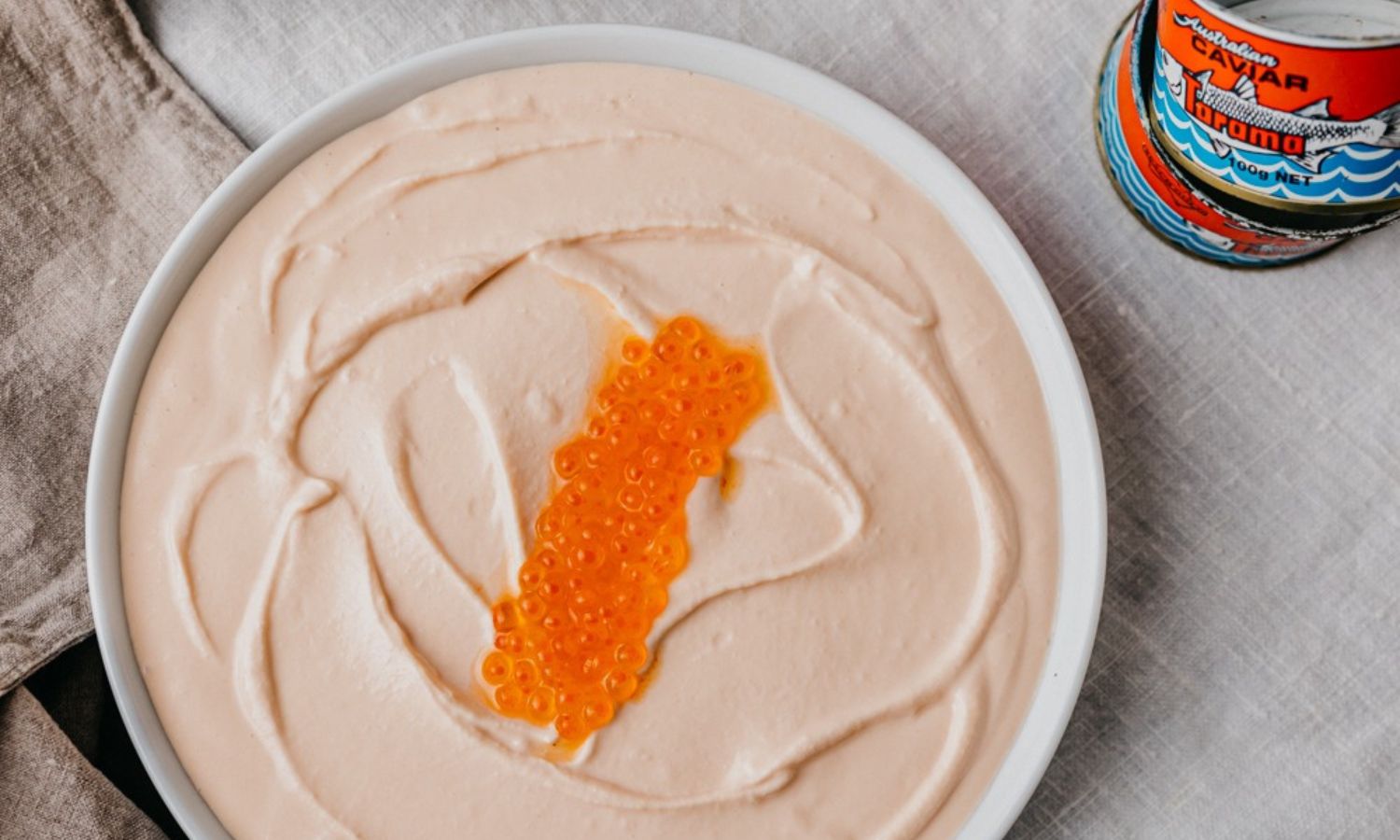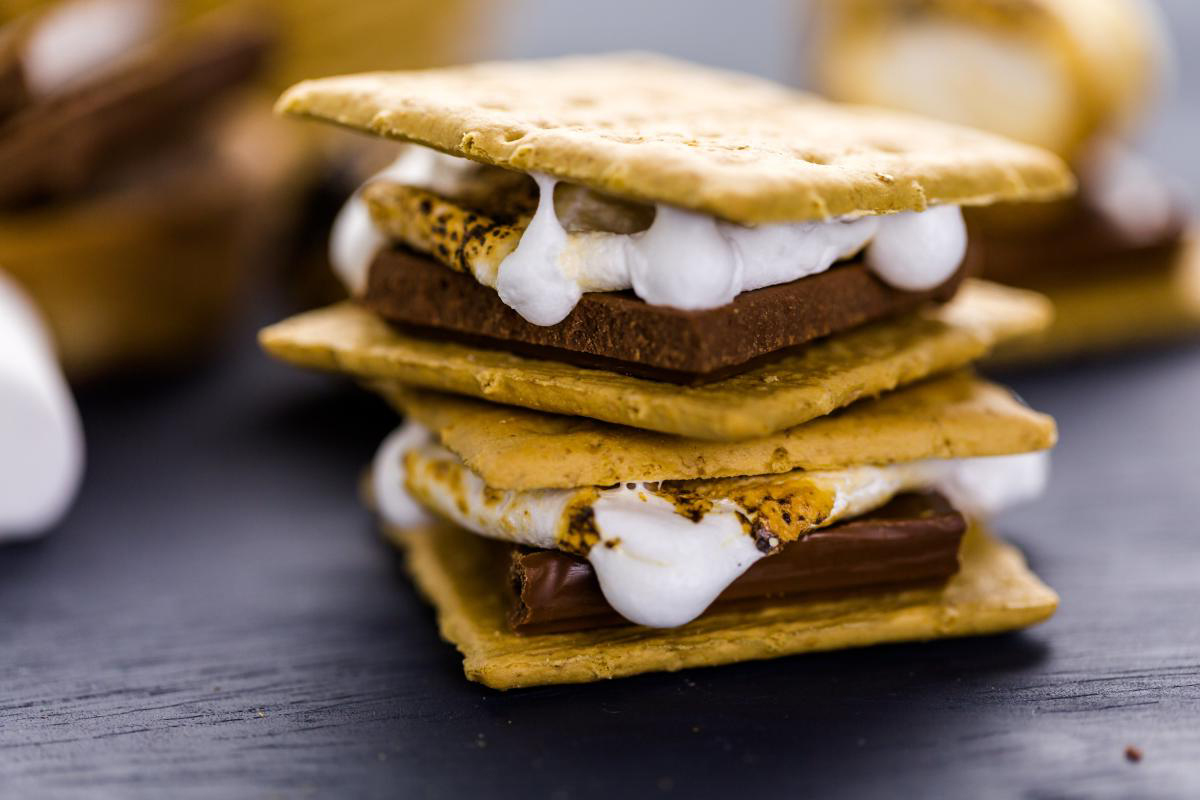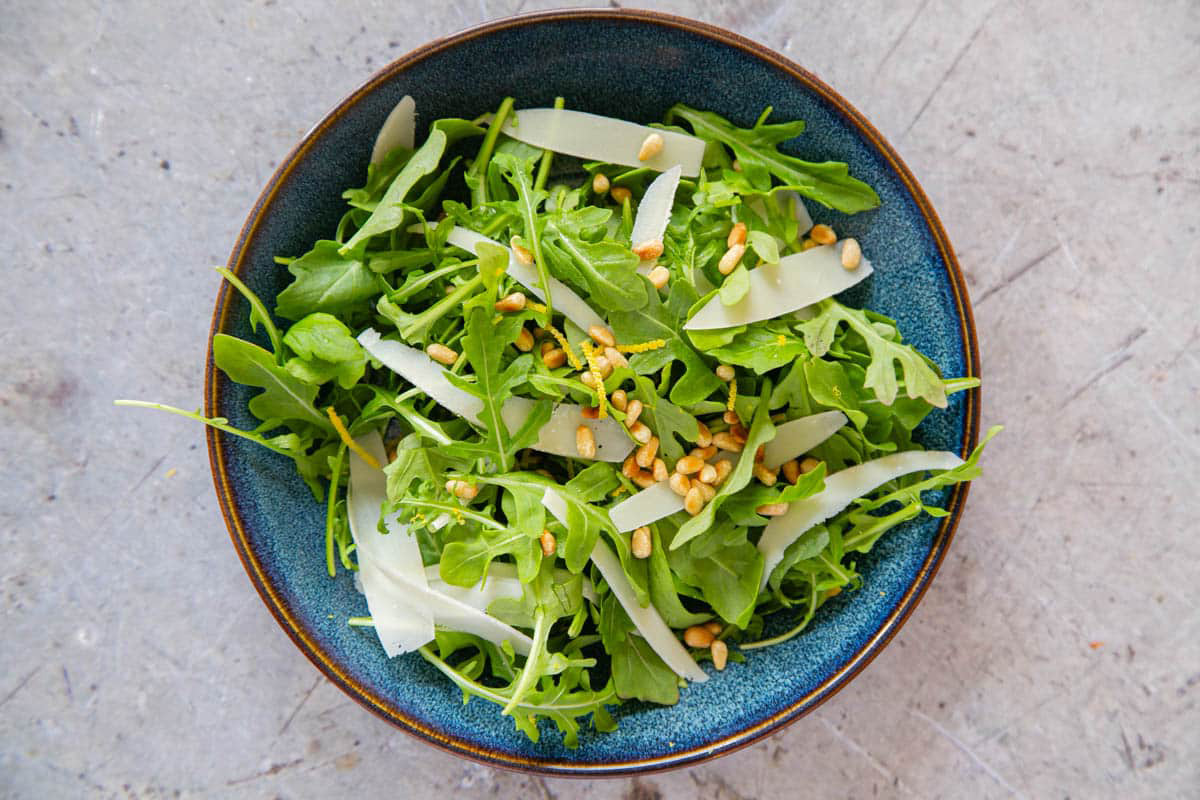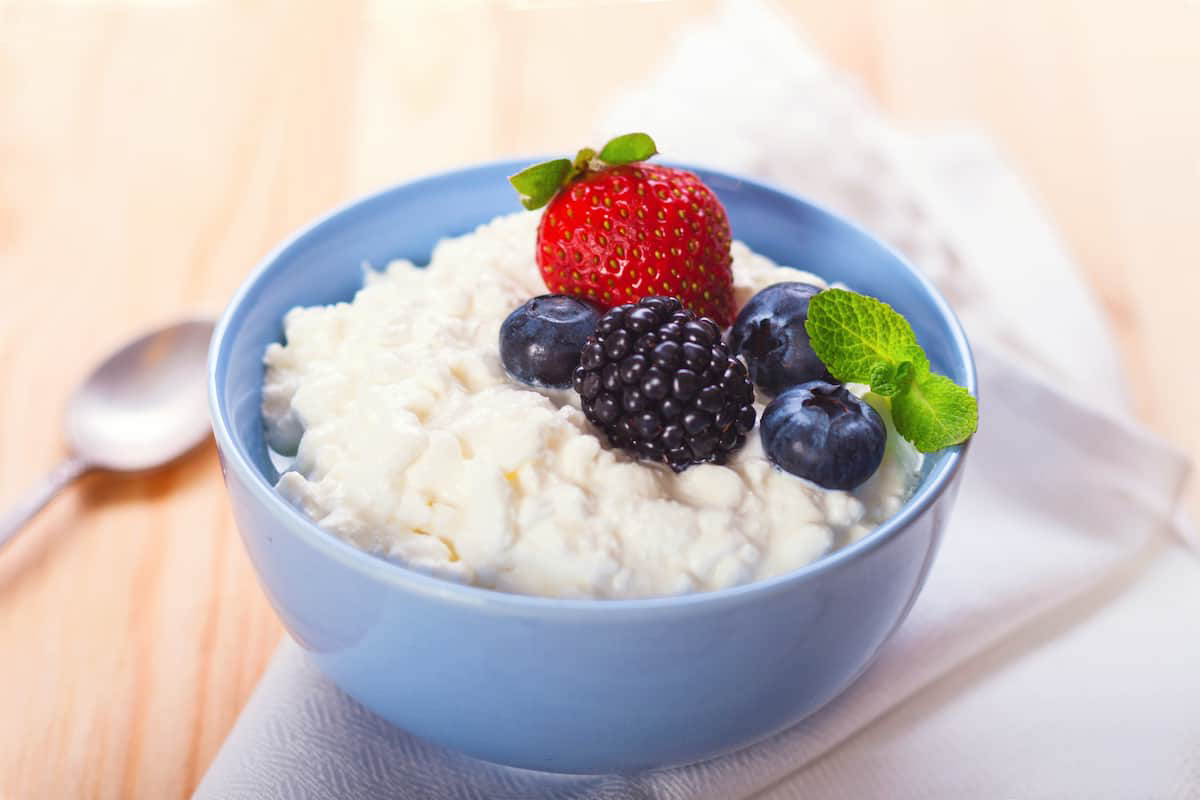When it comes to delectable treats, few things can compare to the delicate and delightful macaron. This beloved French confection has captured the hearts and taste buds of people around the world, but what exactly is a macaron, and what makes it so special? Let's delve into the world of macarons and uncover the secrets behind this beloved sweet treat.
A Brief History of the Macaron
The history of the macaron dates back centuries, with some sources tracing its origins to the Middle Ages in Italy. However, it was in France where the macaron as we know it today truly began to take shape. The modern macaron, with its signature smooth, domed shells and creamy filling, is often attributed to the French pastry chefs of the 20th century.
What Makes a Macaron Unique?
Macarons are often confused with the denser, coconut-based confection known as macaroons, but the two are distinctly different. A macaron is a delicate sandwich cookie made from almond flour, egg whites, and sugar. The result is a light, airy shell that gives way to a slightly chewy interior. What truly sets macarons apart, however, is their endless variety of flavors and colors. From classic options like vanilla and chocolate to more adventurous choices like lavender and matcha, there's a macaron flavor to suit every palate.
The Art of Making Macarons
Crafting the perfect macaron is no easy feat. The process requires precision and patience to ensure that the delicate shells form properly and the fillings are just the right consistency. Here's a basic overview of the steps involved in making macarons:
-
Preparing the Ingredients: Almond flour, confectioners' sugar, and egg whites are the primary components of macarons. These ingredients are carefully measured and sifted to ensure a smooth, lump-free batter.
-
Macaronage: This crucial step involves folding the dry ingredients into the whipped egg whites to create the macaron batter. The goal is to achieve the perfect consistency that allows the batter to flow like lava.
-
Piping and Resting: The batter is piped onto baking sheets in small, uniform circles and left to rest. This resting period allows the macarons to develop their characteristic smooth, shiny shells.
-
Baking and Filling: The macarons are baked until they form "feet," the ruffled edges at the base of the shells. Once cooled, the shells are paired up and filled with a complementary filling, such as ganache, buttercream, or fruit preserves.
Enjoying Macarons
Whether enjoyed as a standalone treat or as part of an elegant dessert spread, macarons are a delightful indulgence for any occasion. Their delicate texture and vibrant colors make them a feast for the eyes as well as the palate. Pair them with a cup of tea or coffee for a sophisticated afternoon treat, or package them up as a thoughtful gift for a friend or loved one.
In conclusion, the macaron is a true culinary marvel, blending artistry and flavor in a single, bite-sized package. Its rich history, intricate preparation, and endless variety of flavors make it a beloved treat for people of all ages. So, the next time you have the opportunity to savor a macaron, take a moment to appreciate the craftsmanship and creativity that goes into creating this iconic confection.
Was this page helpful?
Read Next: What Is Penuche?
